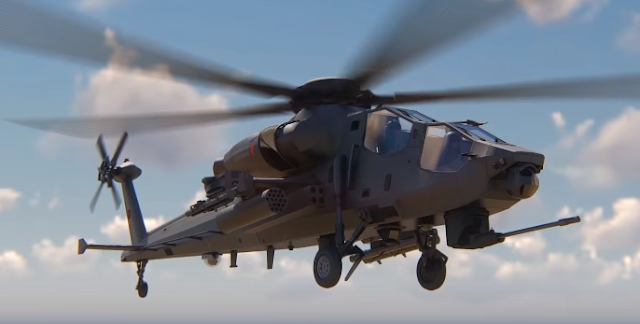 |
| Kalashnikov |
Kalashnikov Group and Russian Defense Ministry discuss deliveries latest KUB-UAV exploding drone to troops - News - Russian Aviation - RUAVIATION.COM: The Kalashnikov Group and Russia’s Defense Ministry are in talks on deliveries of the latest KUB-UAV exploding drone to troops, Industrial Director for the Cluster of Conventional Armaments, Ammunition and Special Chemistry at the Rostec hi-tech corporation Sergei Abramov told TASS on Monday.
"Foreign customers display great interest in it. We expect the Defense Ministry [of Russia] to display interest in it as well," the Rostec official said.
When asked about whether the Kalashnikov Group was discussing the deliveries of the suicide drone with the Defense Ministry, the Rostec official said: "Yes, of course."
"This is an effective and cheap product to destroy small-size targets on the ground: lightly-armored hardware, fortifications and other targets," the Rostec top manager explained.
The Kalashnikov Group, the maker of the renowned AK-47 assault rifle, demonstrated the KUB-UAV precision strike drone at the IDEX 2019 defense exhibition in Abu Dhabi in February.
The KUB-UAV detonating drone has been developed and produced by Zala aero, a subsidiary of the Kalashnikov Group. The ‘kamikaze’ drone can develop a speed of 80-130 km/h. With its 1,210x950x165mm dimensions, the drone can fly for 30 minutes and carry a maximum payload of 3 kg.
After it is launched, the drone can hover in the air to detect a target and then attack it from the upper hemisphere through the vertical trajectory. This makes it possible, for example, to strike tanks on the battlefield from the upper hemisphere, piercing the turret, which has minimum armor at the top.
Air defense systems usually have difficulties when they try to counteract the new precision drone, Rostec CEO Sergei Chemezov said earlier. The new drone is a step toward absolutely new warfare, he added.
 |
| ZALA AERO |
defenseupdate
Published on Feb 18, 2019
KUB-BLA - a new high-precision unmanned attack complex















